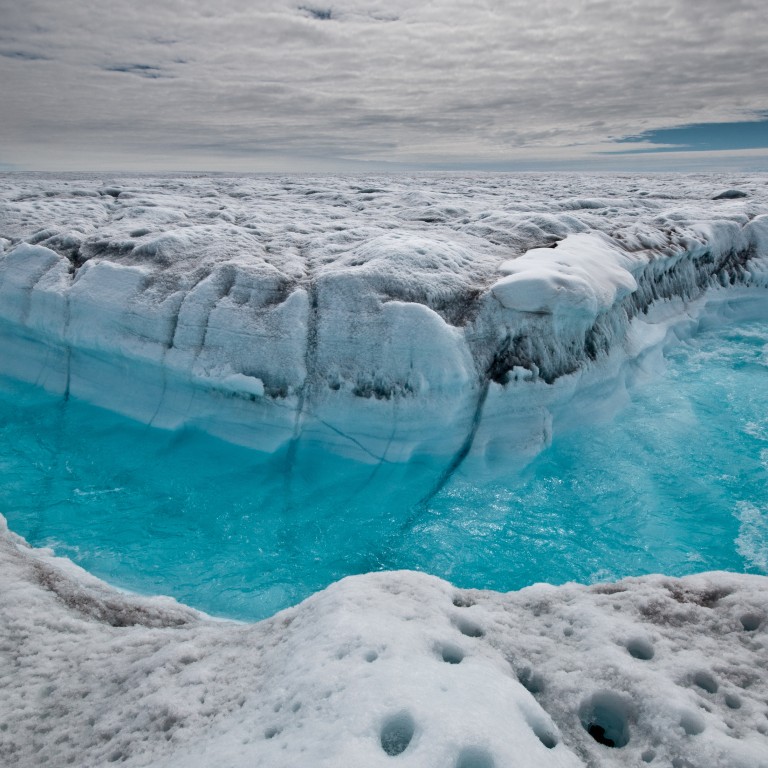
Earth's most recent 'super warming' event not caused by carbon dioxide: scientists
The last time Earth experienced a super warming event may have had nothing to do with carbon dioxide, according to a joint study by Chinese and Japanese scientists.
Around 56 million years ago, the planet's surface temperature rose by 5 to 9 degrees Celsius (41 to 48°F) in just a few thousand years during the period now known as the Palaeocene-Eocene Thermal Maximum, or PETM.
The heat spike of the PETM has long been a special interest for climate scientists studying modern global warming, which is proceeding with a similar haste and intensity to that seen millions of years ago.
According to a paper published this month in the journal Plos One, professor Zhou Zhekun and others examined the levels of carbon dioxide found in ancient tree leaf fossils from the PETM and subsequent periods.
"The level [of carbon dioxide] in the atmosphere remained more or less the same before, during and after [PETM]," said Zhou, a researcher wit the Chinese Academy of Sciences' Kunming Institute of Botany in Yunnan province.
"Carbon dioxide is an important green house gas, but that doesn't mean it is to blame for every global warming event."
What exactly caused the PETM, which lasted around 170,000 years, is still unclear.
Various theories have been proposed, with differing amounts of evidence or scientific support. These include a sudden escape of greenhouse gas methane from ocean beds, to a meteorite strike causing a spike in temperature.
Working alongside researchers from Chiba University in Japan, Zhou's team analysed the fossilised needles of the oriental redwood Metasequoia from seven locations in China and Japan.
The redwood needles react to the quantity of carbon dioxide in the air, producing more or less surface cells, meaning they can serve as a book keeper of sorts for historical CO2 levels.
During PETM, Metasequoia forests stretched all over the northern hemisphere, including near the north pole.
While there was not a significant spike in carbon dioxide levels prior to the PETM, the needles show that as levels fell, the global temperature plunged.
The tree records indicate that from the middle Miocene to Pleistocene eras, global carbon dioxide levels decreased by more than 50 parts per million by volume, coinciding with the general trend of cooling which led up to the pre-industrial age when modern global warming began. This pattern would seem to suggest that falls in CO2 and temperature are linked, the authors said in their paper.
“We can’t say for sure that a decrease in carbon dioxide levels would definitely lead to an ice age now. What we observed was just a phenomenon,” Zhou said.
“It is difficult to draw a lesson from the past to guide our actions against climate change. Global warming is a very sophisticated issue and carbon dioxide is just one driving force behind it.”

